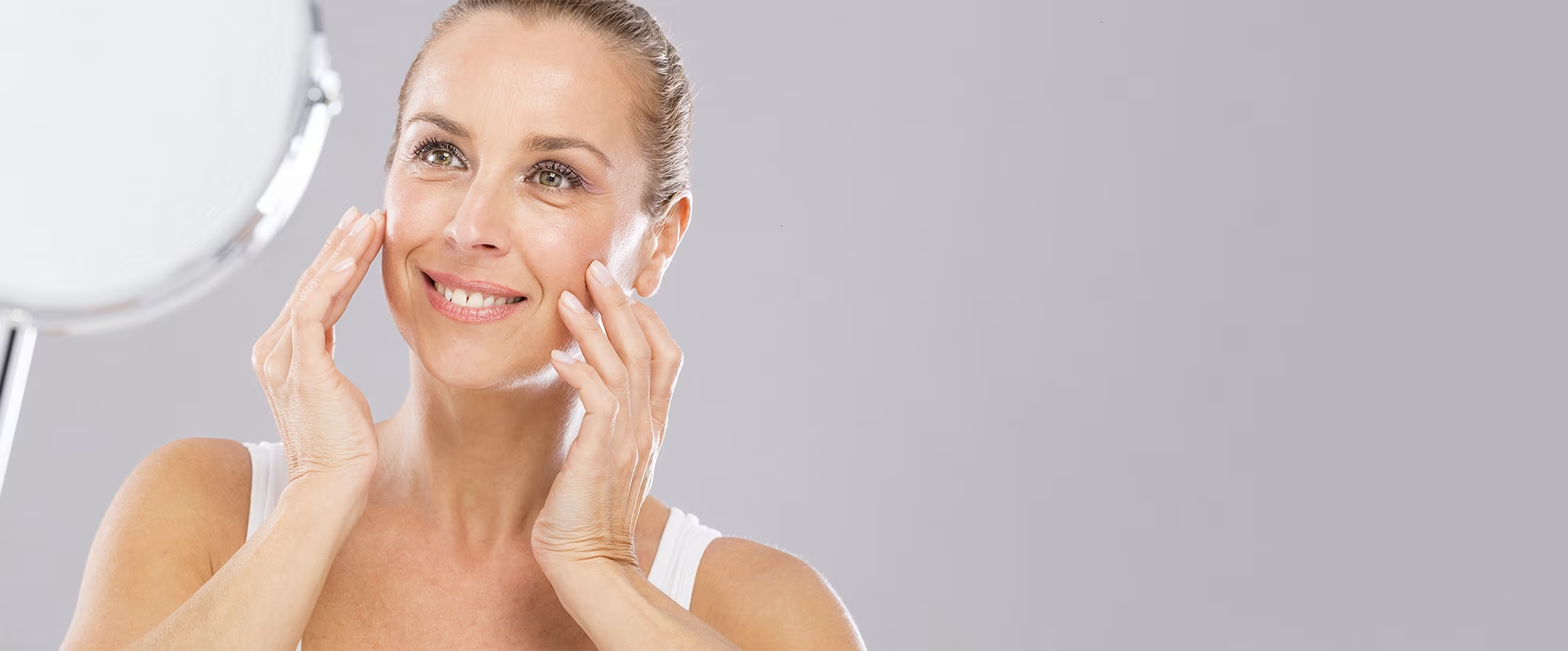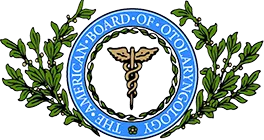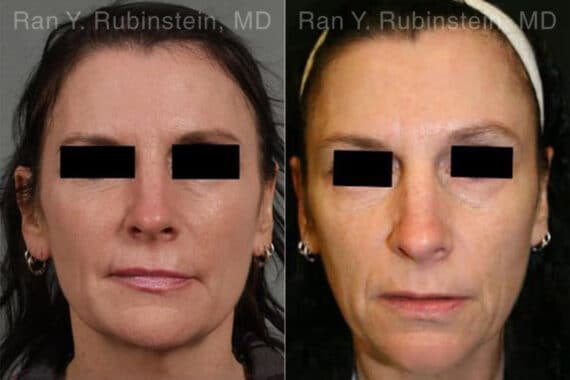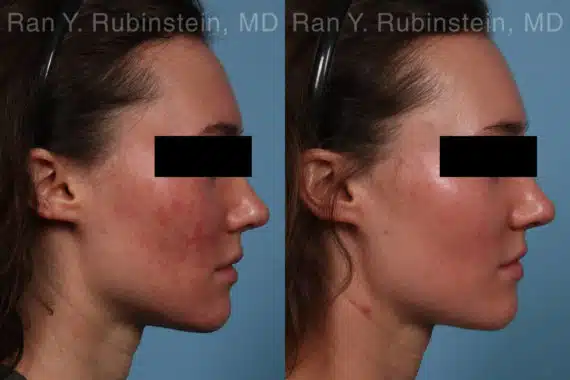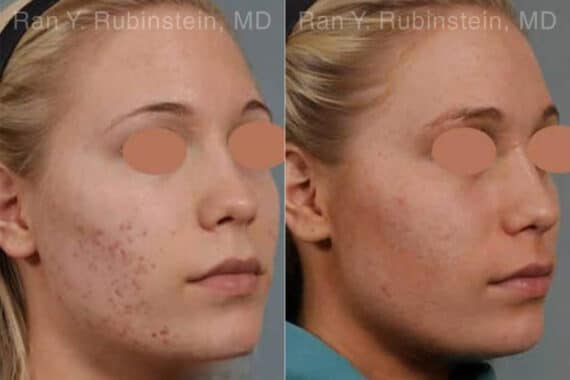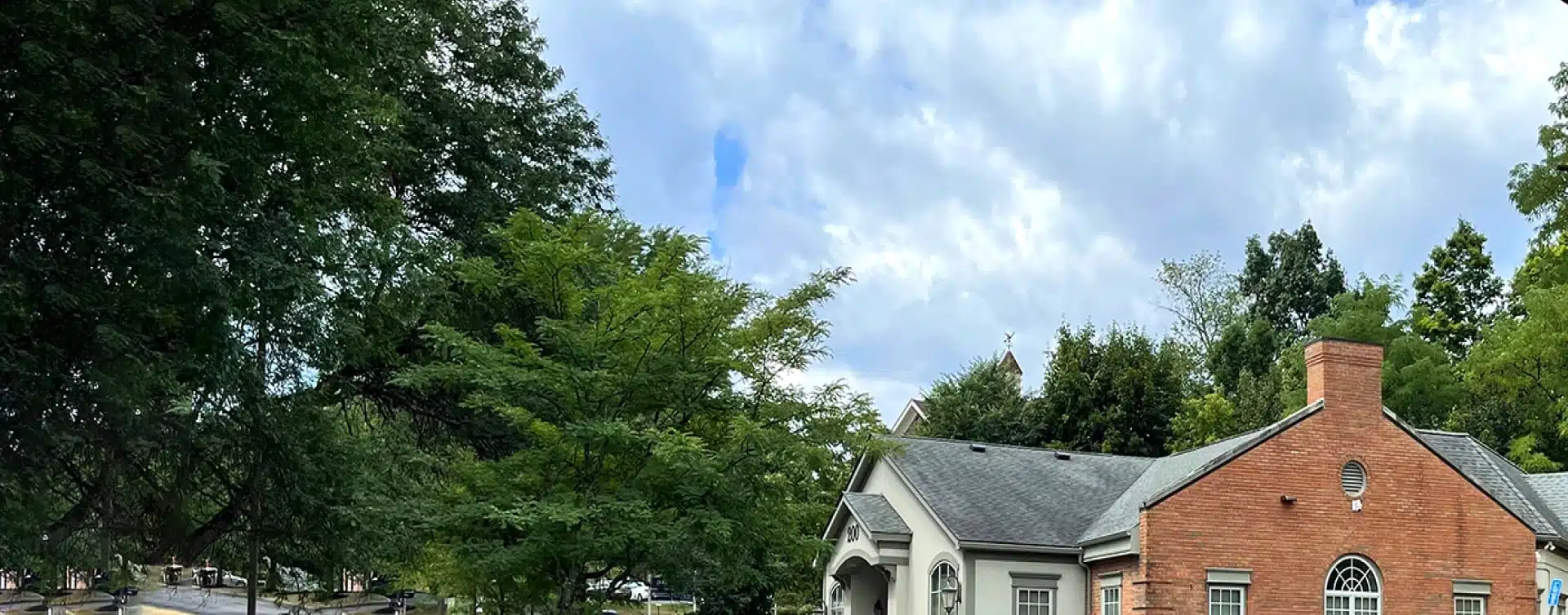Unlock the Benefits of Laser Treatments
Discover the transformative power of laser treatments at the hands of Dr. Rubinstein in Newburgh, NY. Our state-of-the-art technology targets a multitude of skin issues, from aging signs to acne scars. Uncover a new you with minimally invasive, quick, and effective procedures.
Reasons to Have a Laser Treatment
Excessive Hair
Laser hair removal is the preferred method for reducing unwanted excessive facial and body hair and is far superior to traditional hair removal methods like electrolysis. Laser hair removal is safe for all skin types when the appropriate laser is used. The best laser for lighter skin types is the Alexandrite laser, followed by the Diode laser. For darker skin types the long pulsed YAG laser is the safest and most effective.
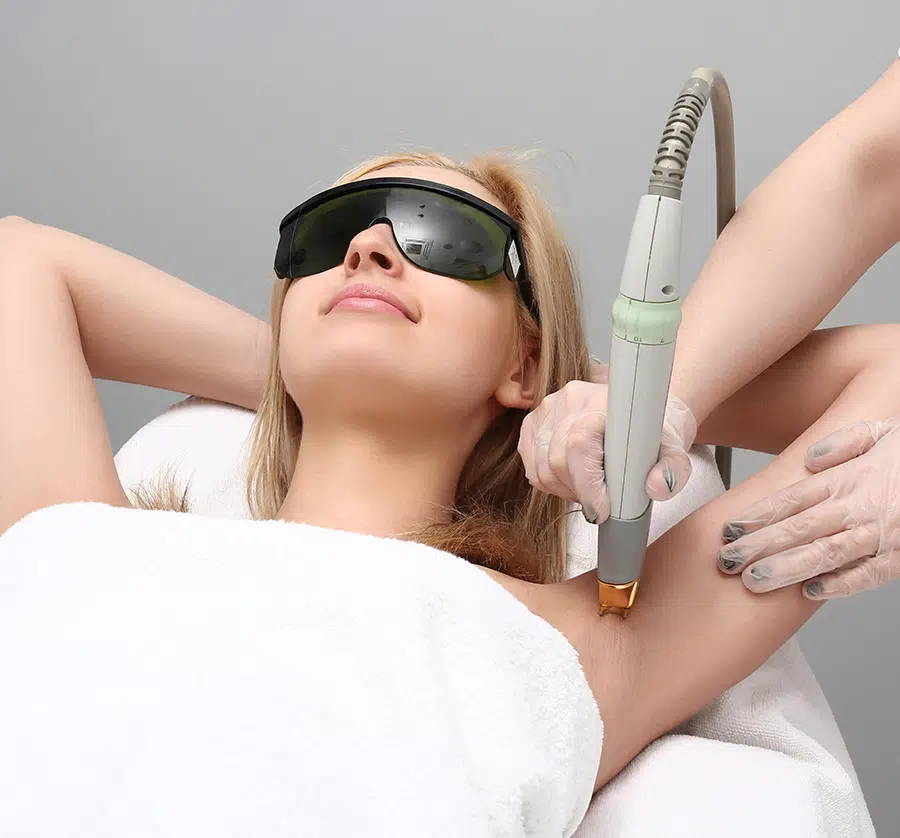
Spider Veins on the Face
Facial spider veins, also called telangiectasias, are often associated with hormone therapy, birth control, rosacea, sun exposure, heredity and age. They can be treated quickly and effectively without bruising or complication using the Cutera Excel V+ laser system. This system is more effective than IPL (intense pulsed light) at treating facial veins and often requires fewer treatments. The Excel V+ laser delivers light at a single targeted wavelength versus IPL which delivers a broader spectrum of light wavelengths at less intensity than a laser.
Spider Veins on the Legs
Spider veins on the legs can be red, blue or purple in color and vary in size and severity. Leg veins are treated with the long pulsed YAG laser, which is safe and effective on all skin types and can treat spider veins as large as 4mm in size. This laser system is more effective than IPL (intense pulsed light) at treating leg veins and often requires fewer treatments.
Prior to laser vein treatment, you will undergo a consultation to ensure that you do not have an underlying venous condition which may require surgery or a different type of treatment. For example, knotty varicose veins are not a good candidate for laser treatment. During your consultation one of our providers will advise which treatment course is best for you.
Redness, Inflammation and Rosacea
Redness, inflammation and rosacea can be effectively treated with the Excel V+ and Genesis laser systems. Add-on therapies include Hydrafacials combined with the red LED light and Rozatrol Booster. Our providers will often recommend a combination approach to treatment including the use of medical grade topical skincare products in order to obtain optimal results. Inflammatory conditions like rosacea are chronic and will require maintenance treatments over time.
Age spots, Sunspots and Discoloration
Age spots, sunspots and discoloration can be treated with a variety of different lasers, including the Excel V+, Clear & Brilliant, Fraxel Dual and Fraxel Repair. Alternative treatments include chemical peels and Hydrafacials combined with the red LED light and Brightalive Booster. Our providers will often recommend a combination approach to treatment in order to obtain optimal results. The use of medical grade topical skincare products adds to treatment results, as does proper SPF usage and Heliocare oral supplementation.
Melasma
The pathogenesis of melasma is poorly understood but it is thought to result from genetic and hormonal influences in combination with ultraviolet (UV) radiation. Melasma is a chronic condition that must be managed and maintained over time, often requiring a combination approach to treatment. Minimizing UV exposure with sun avoidance, proper skin care and SPF usage, and Heliocare oral supplements are the foundation of melasma treatment. Our providers will place you on a customized skin care regimen designed to prepare and protect your skin in preparation for resurfacing procedures. The Clear & Brilliant Permea laser is a great option for lightening melasma, as are chemical peels. Both therapies are safe and effective on all skin types including skin of color.
Acne & Acne Scarring
There are several treatment options for patients experiencing active acne breakouts and those with post inflammatory hyperpigmentation (PIH) from acne that has healed but left a stubborn red or brownish mark. These options include the Isolaz, Excel V+ and Genesis laser systems, as well as chemical peels, HydraFacials, and a proper skincare regimen using high quality medical grade products. Some patients may require prescription medications in addition to their skin treatments.
Many patients with a history of moderate to severe acne are left with depressed acne scarring on their face and body. Depressed scarring can be treated with several different laser systems including the Fraxel Dual, Fraxel re:pair and Laser Genesis. Microneedling with PRP and Genius RF are non-laser treatment options that are equally as effective at stimulating collagen and improving the appearance of depressed scars.
In some cases, patients develop keloid scarring in response to severe acne. Keloids are raised, firm, often red scars that result from excessive collagen production in the skin. They can be asymptomatic, tender, or itchy and patients are frequently bothered by their cosmetic appearance. Treatment often includes a combination of laser therapy with the YAG Excel V+ laser and steroid/biologic injections to reduce inflammation.
Our providers will often recommend a multimodal approach to treating acne, PIH and acne scarring, combining several of these therapies to formulate a customized treatment plan for your skin care needs.
Start Your Journey to Success, Don’t Wait More!
Schedule a consultation with Dr. Rubinstein
Wrinkles
There are many treatment modalities that stimulate collagen production to improve the appearance of wrinkles. Collagen stimulating lasers include Laser Genesis, Clear & Brilliant, Fraxel Dual and Fraxel Repair. Microneedling and Genius RF are also effective at treating wrinkles. Most patients require a combination approach to treatment, where collagen stimulating procedures are paired with injectables and sometimes surgery. Patients will benefit from muscle relaxing injections like Botox if their wrinkles are dynamic, meaning the result of muscle movement. Restoring lost volume with filler injections often improves the appearance of wrinkles by putting the skin on stretch. Depending on the degree of wrinkling and excess skin, some patients may require surgical intervention.
Skin Toning
Non-surgical skin toning is achieved through collagen stimulation. The Fraxel Dual and Fraxel Repair lasers can effectively tone problem areas, as can radiofrequency modalities like Genius RF. Patients who have significant skin laxity will often require surgical intervention to achieve optimal results.
Stretch Marks
Both color and texture must be considered when treating stretch marks. Fresh stretch marks are often red or purple in color, which benefit from treatment with a vascular laser like the Excel V+ laser. Stretch marks that are irregular in contour can be treated with the Fraxel Dual laser, microneedling or Genius RF. Most patients will require combination therapy that targets both color and texture. Early intervention is key, as immature stretch marks respond most favorably to treatment.
Popular Laser Treatments by Age Group
Laser treatment for Patients in their 20s to 30s
- Goal is usually “beautification” and prevention
- Hydrafacials for skin health, extractions and exfoliation (increases effectiveness of topical treatments)
- Collagen stimulating procedures such as Clear & Brilliant, Fraxel Dual, Microneedling and Genius RF
- Problem specific lasers – Laser Facials/Genesis for acne, redness, rosacea; Clear & Brilliant Permea, Fraxel 1927 or Chemical Peels for hyperpigmentation
- Botox for wrinkle prevention
- Fillers for facial balancing
Laser treatment for Patients in their 40s to 50s
- Goal is to correct signs of aging including volume loss, skin laxity and wrinkles
- Collagen stimulating procedures such as Fraxel Dual, Fraxel Repair and Genius RF
- Problem specific lasers – Laser Facials/Genesis for redness, rosacea; Clear & Brilliant Permea, Fraxel 1927 or Chemical Peels for hyperpigmentation, melasma
- Botox for wrinkle prevention/treatment
- Fillers to replace lost volume and treat static expression lines
- Surgical intervention in some cases
Laser treatment for Patients in their 60s and above
- Goal is to correct signs of aging including volume loss, skin laxity and wrinkles
- Collagen stimulating procedures such as Fraxel Dual, Fraxel Repair and Genius RF
- Problem specific lasers – Laser Facials/Genesis for redness, rosacea; Clear & Brilliant Permea, Fraxel 1927 or Chemical Peels for hyperpigmentation, melasma
- Botox for wrinkle prevention/treatment
- Fillers to replace lost volume and treat static expression lines
- Surgical intervention in many cases
Why Choose
Dr. Rubinstein
- Dr. Rubinstein is one of the top facial plastic surgeons in New York & New Jersey.
- He is double board certified by the American Board of Facial Plastic Surgery and the American Board of Otolaryngology-Head and Neck Surgery.
- Dr. Rubinstein has been in both private and academic practice for over 20 years.
- He is also an active member of the American Society for Laser Medicine & Surgery.
- Clinical Professor at New York Presbyterian Hospital.
